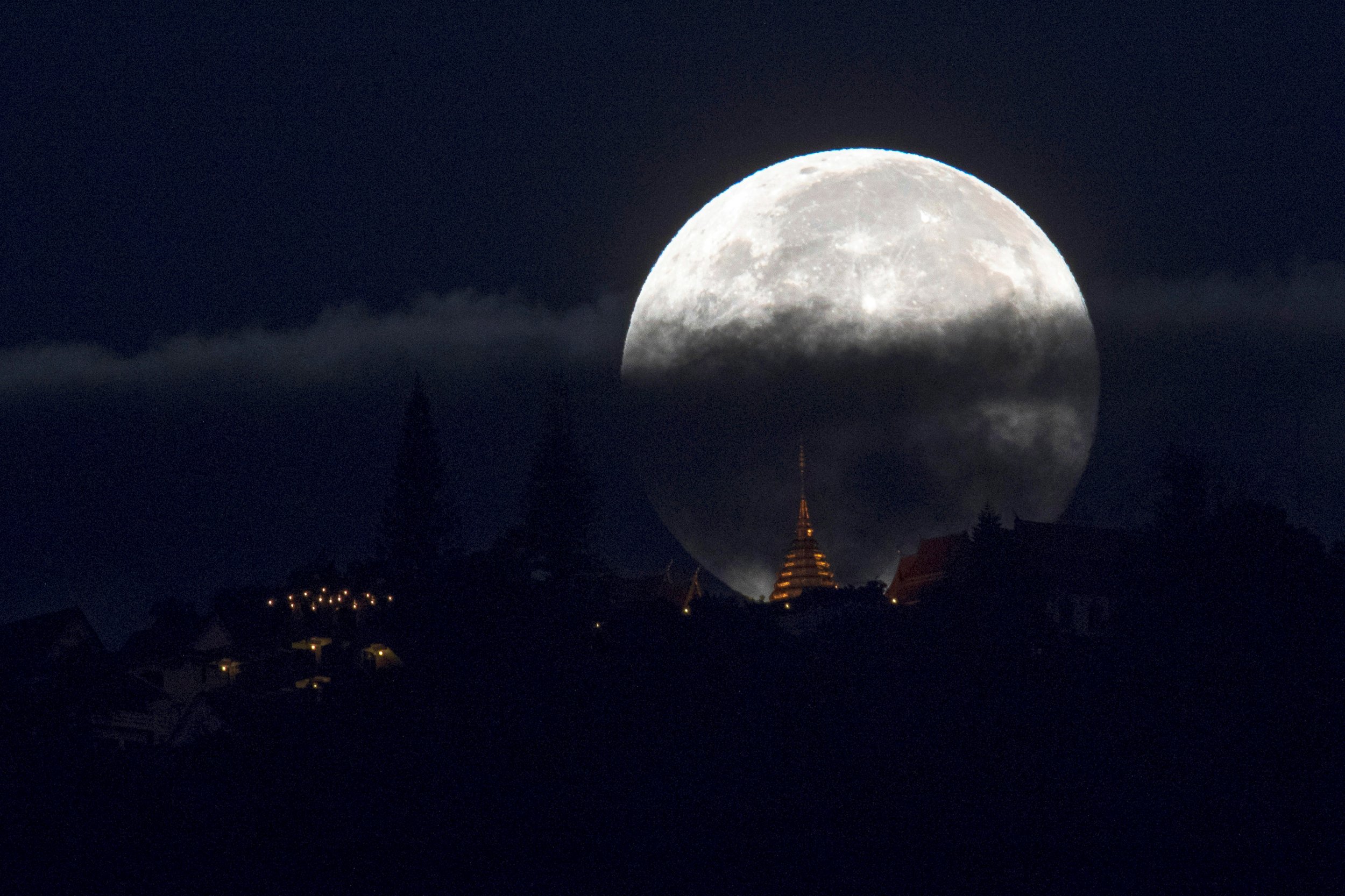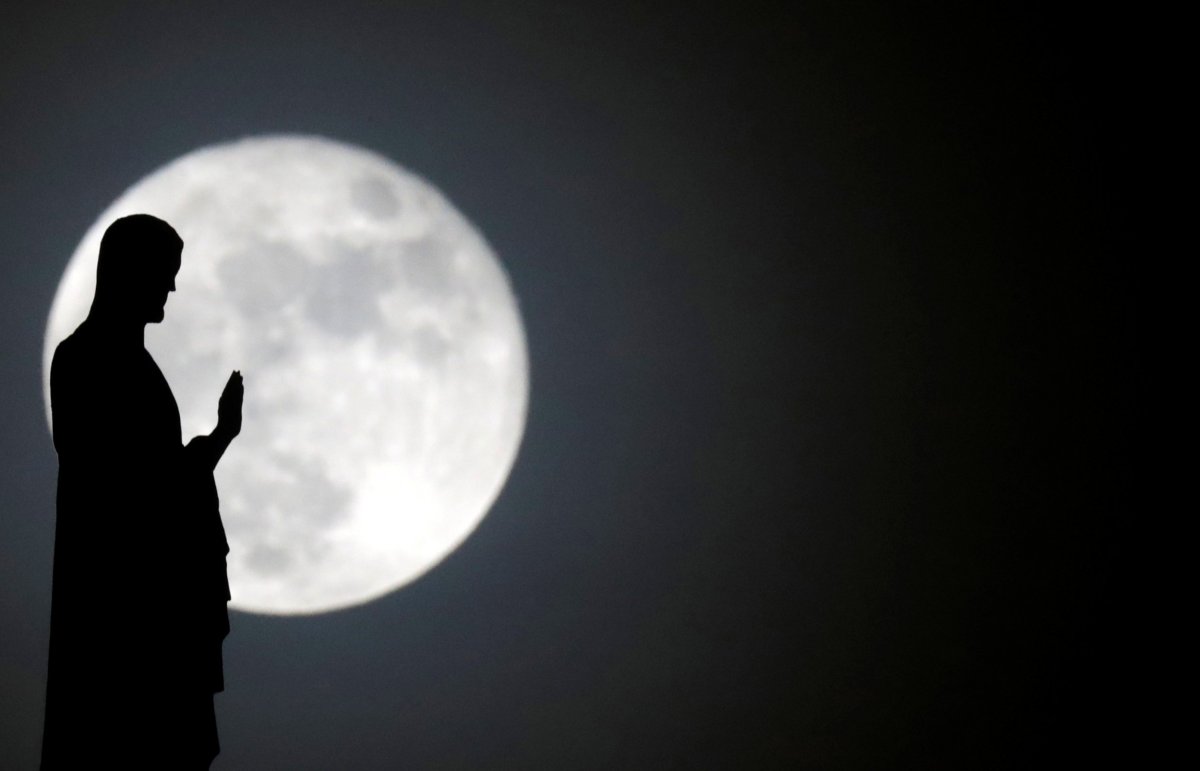
The supermoon of 2017 is upon us—and as it's the only one of the year, there's limited opportunity for that perfect photograph. This supermoon—dubbed the Full Cold Moon since it's the first moon of December, signaling that winter is coming—will be in full view on Dec. 3. The reason it is so super is because of how close it comes to the Earth as it travels on an orbit. Typically, the moon sits from 226,000 to 252,000 miles from Earth. When it reaches the perigee point on its orbit, it's as much as 26,000 miles closer to Earth, making it appear brighter and larger.
But for those trying to capture the moment of the magical lunar sight, there are tips and tricks you can use with your smartphone camera. The once in a blue moon—or quite literally, supermoon—sight is one you don't want to miss.
For one, moon photographs typically don't turn out as planned because it is quite far away. The remedy that comes to mind might be to use the zoom feature on your phone, but that is a big 'no' when it comes to taking good photographs on your device. The moon appears largest when it is closest to the horizon, so check out the moonrise times where you live to plan for the most optimal viewing time. You will also want to turn off your flash—the lights from your phone won't reach the moon.

Some photographers recommend shooting the moon somewhere with less light pollution. NASA's senior photographer Bill Ingalls told Mashable that he would prefer being in an urban area to photograph the moon. The urban landscapes add perspective—for instance, a local landmark in the foreground of the moon could improve the photograph.
For iPhone users, iPhone Photography School recommends using a tripod. If you don't have a tripod, propping yourself on a wall or a solid object such as a street lamp or tree provides stability to keep your arms from shaking. Even the smallest movements can make your photo blurry—especially at night. Taking night-time photos in black and white can curb the color casts from various unwanted lighting that can ruin a photograph. For this supermoon, however, that may not be the best option if you want to capture its orange-glow.
But whether you're fumbling with a three-year old smartphone or trying out the hottest new techniques on the iPhone X, the supermoon is sure to mesmerize as the final month of 2017 begins. Ahead in the coming weeks, there will be a meteor shower on Dec. 14 and more supermoons on Jan. 2 and 31. The latter supermoon on Jan. 31 will be a rare, "blue" supermoon.
Uncommon Knowledge
Newsweek is committed to challenging conventional wisdom and finding connections in the search for common ground.
Newsweek is committed to challenging conventional wisdom and finding connections in the search for common ground.
About the writer
Sydney Pereira is a science writer, focusing on the environment and climate. You can reach her at s.pereira@newsweekgroup.com.
To read how Newsweek uses AI as a newsroom tool, Click here.








